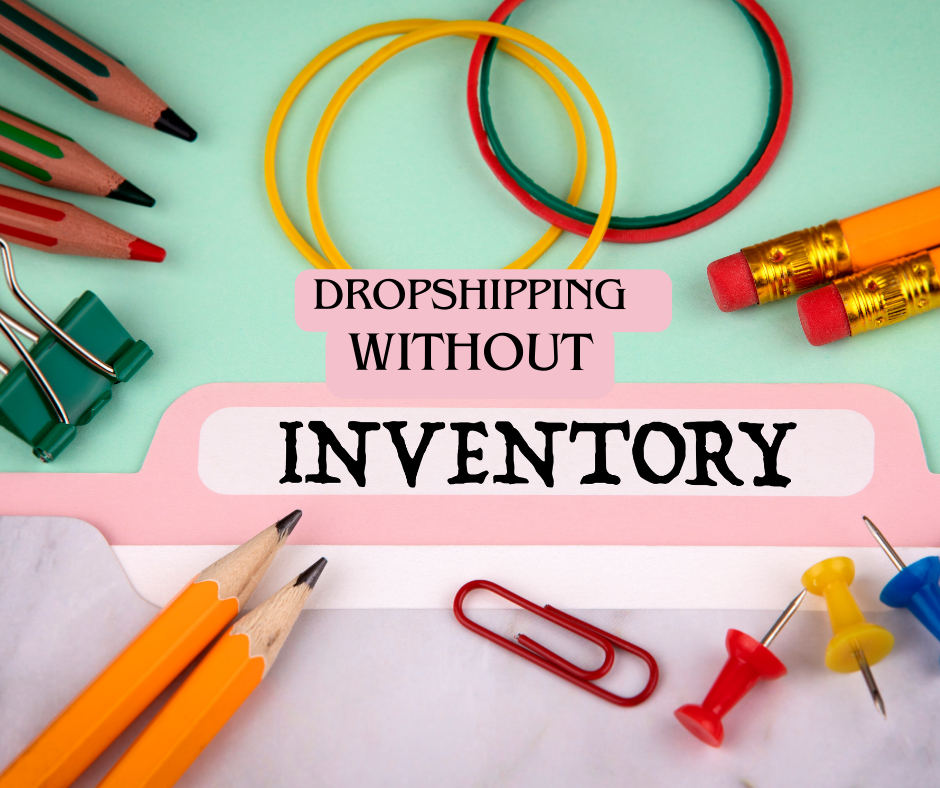Master Dropshipping Without Inventory: A Low-Risk Business Guide

In the fast-paced world of e-commerce, where trends evolve rapidly and consumer demands fluctuate, dropshipping without holding inventory emerges as a strategic and low-risk business model. This ultimate guide will navigate you through the intricacies of dropshipping without inventory, offering valuable insights, tips, and tactics to build a successful and sustainable online venture.
Understanding Dropshipping Without Inventory
1. Introduction to the Model
Dropshipping without inventory is a revolutionary approach where retailers sell products without physically stocking them. Instead, products are shipped directly from suppliers or manufacturers to customers. This eliminates the need for storing, managing, and investing in large quantities of stock, reducing financial risks and operational challenges.
2. Benefits of a Low-Risk Business Model
Explore the advantages of dropshipping without inventory, such as:
- Reduced Financial Risk: With no need for large upfront investments in inventory, you can minimize financial risks associated with holding stock.
- Flexibility and Scalability: Easily scale your business without the constraints of warehouse space or inventory management, allowing for rapid growth.
- Diverse Product Offerings: Offer a wide range of products without the burden of managing diverse inventories.
Navigating the Dropshipping Landscape
3. Choosing Reliable Suppliers
Discover how to identify trustworthy suppliers who can seamlessly fulfill orders on your behalf. This section will include tips on researching suppliers, establishing partnerships, and ensuring product quality.
4. Managing Product Information
Learn effective ways to manage product information and maintain accuracy, including real-time updates on product availability, pricing, and descriptions. Explore tools and software that streamline this process.
Strategies for Success in Dropshipping Without Inventory
5. Optimizing Your Online Store
Explore the key elements of a successful dropshipping store, including user-friendly website design, compelling product descriptions, and a seamless checkout process. Incorporate long-tail keywords to enhance search engine visibility.
6. Customer Service Excellence
Emphasize the importance of stellar customer service in a dropshipping model. Provide tips on managing customer expectations, handling inquiries, and ensuring a positive post-purchase experience.
Challenges and Solutions
7. Overcoming Common Challenges
Address potential hurdles in dropshipping without inventory, such as delayed shipping times, inventory discrepancies, and managing multiple suppliers. Offer practical solutions to mitigate these challenges.
8. Risk Mitigation Strategies
Provide insights into mitigating risks associated with a low-risk business model. This may include diversifying suppliers, implementing robust tracking systems, and contingency planning.
Looking Ahead: Future Trends in Dropshipping
9. Evolving Trends in Dropshipping
Explore emerging trends in dropshipping without inventory, such as the integration of AI in order fulfillment. Evryweek, with its advanced data-driven capabilities, can be a valuable ally in understanding these trends and making informed business decisions.
You can read more about how you can Elevate Your Business with Trendsetting Products in this article.
Conclusion
Summarize the key takeaways from the ultimate guide, reinforcing the benefits, strategies, and solutions for establishing and growing a dropshipping business without inventory. Encourage readers to embrace the low-risk model and adapt to the dynamic e-commerce landscape.
By following this ultimate guide, aspiring and experienced entrepreneurs alike can confidently embark on their dropshipping journey, leveraging the advantages of a low-risk business model for long-term success.
Missed our previous post? Mastering Dropshipping Branding: Personal Touches for Success
